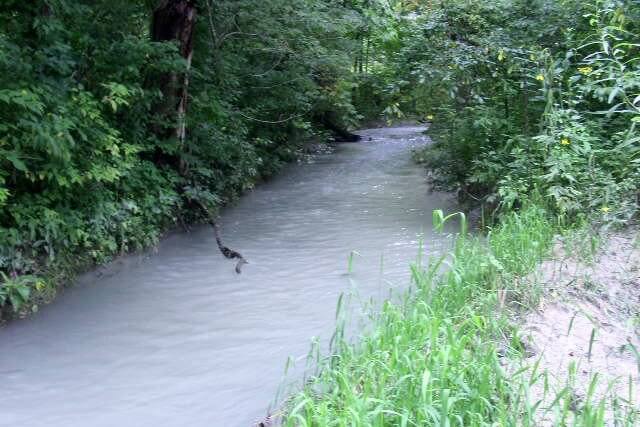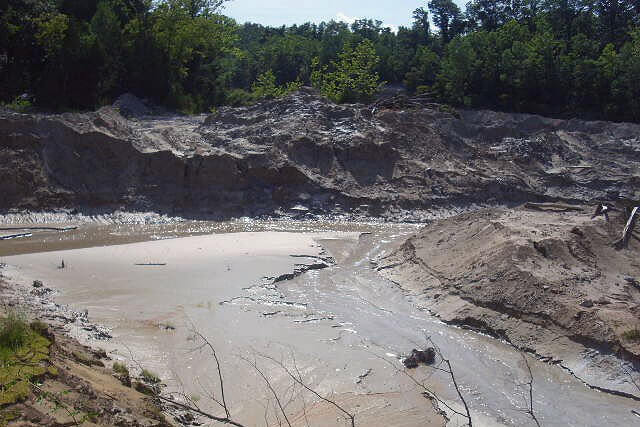 The historic New River, which flows through central Appalachia – across North Carolina and West Virginia, in Virginia (USA) -, is showing signs of high levels of zinc that is poisoning the water and polluting the nearby land. New evidence has arisen, but the Department of Environmental Quality (DEQ) is not acting to solve the problem.
The historic New River, which flows through central Appalachia – across North Carolina and West Virginia, in Virginia (USA) -, is showing signs of high levels of zinc that is poisoning the water and polluting the nearby land. New evidence has arisen, but the Department of Environmental Quality (DEQ) is not acting to solve the problem.
This watercourse, one of the most ancient river systems in the world, merges into the Kanawha River and is also one of the only 14 streams designated as an American Heritage River. All this makes the New River a true tourist magnet that assures the survival of dozens of businesses, so maintaining its health is absolutely necessary.
The presence of zinc in the stream was noted in January. According to the Environmental Protection Agency (EPA), the safe limit for zinc in fresh water is 120 ug/L (or 120 micrograms per liter), but a quarterly water test conducted by Austinville Limestone Company in the beginning of this year indicated the level of zinc in the Indian Branch area of the river was 3900 ug/l. This means more than 30 times the safe limit. The test was then sent to the Virginia Department of Environmental Quality, but the authority has remained quiet.
The same test was later repeated on April and the numbers were even worse: the level of recoverable zinc had reached 8980 ug/L, approximately 75 times more than the safe limit. Still, the most recent test results revealed the levels have risen to 15,700 ug/l.
 But where is the zinc coming from? The source is a field of mine tailings dumped over several decades by the New Jersey Zinc Company. The land is currently owned by Dixon Lumber Company of Galax.
But where is the zinc coming from? The source is a field of mine tailings dumped over several decades by the New Jersey Zinc Company. The land is currently owned by Dixon Lumber Company of Galax.
Due to environmental concerns, Dixon Lumber was ordered in 1994 by the Virginia State Water Control Board and the DEQ to remove the tailings pile and restore all disturbed areas until June of 1999, but the deadline ended up being extended until 2015. But the order also gave authority to the department to cease the removal of the tailings and order corrective actions if any water quality samples indicated that discharge from the site contained elevated levels of dissolved metals.
However, the authorities still haven’t pronounced about the matter and despite numerous complaints made by locals in various agencies, the DEQ failed to conduct a single water test.
Via washingtontimes.com
